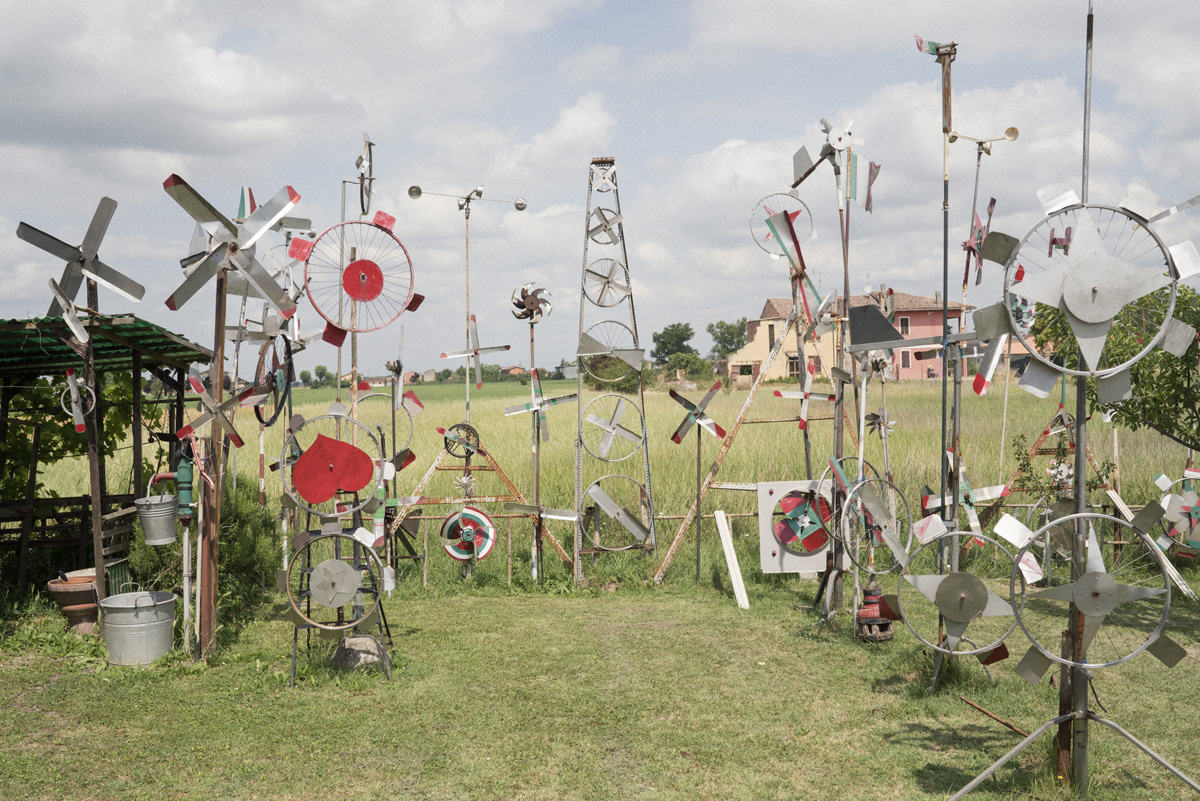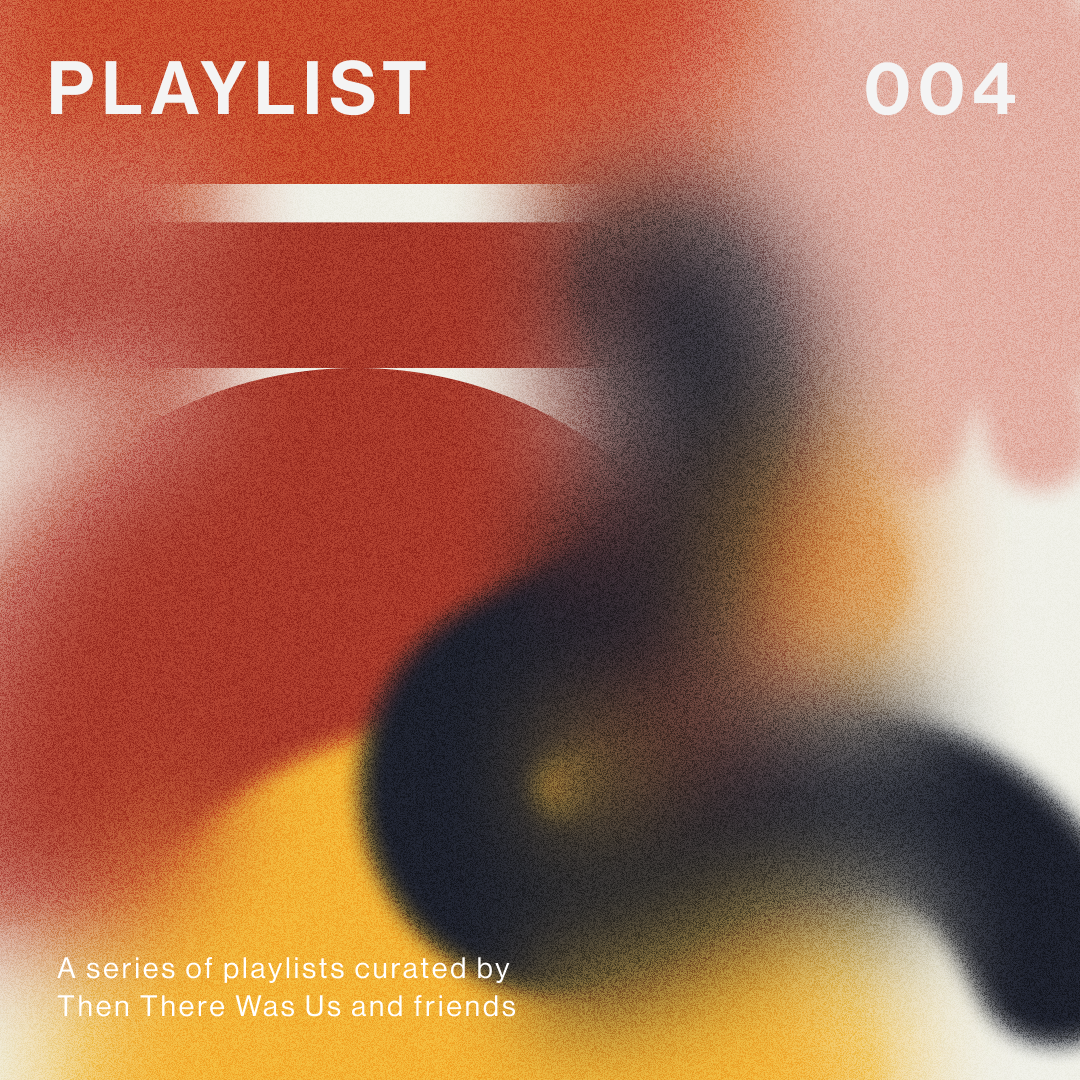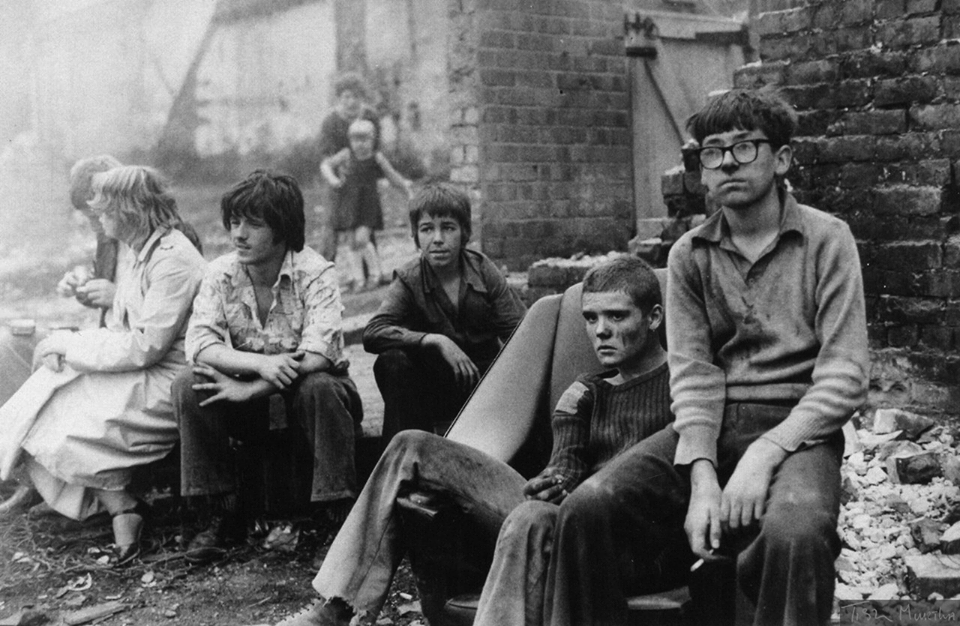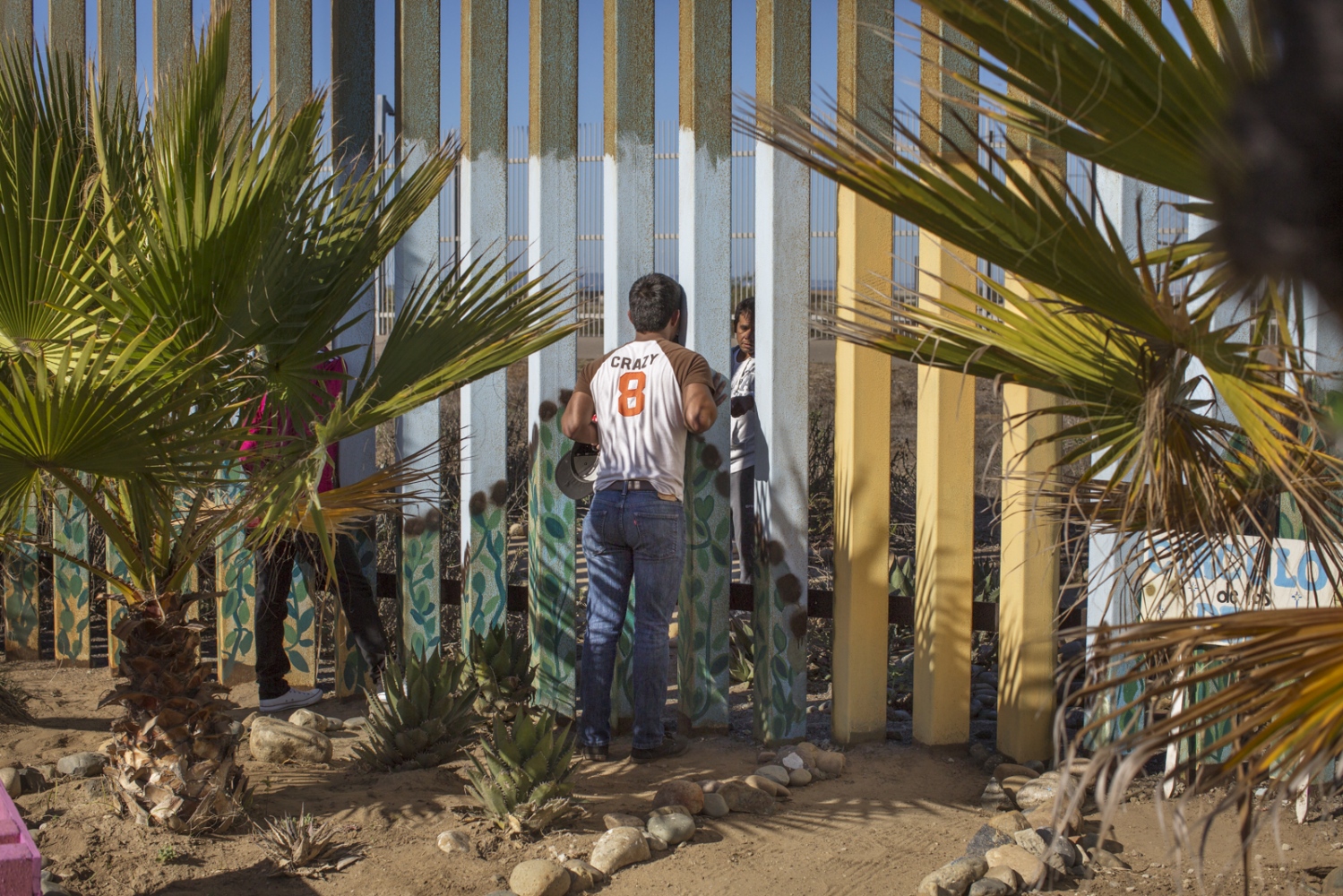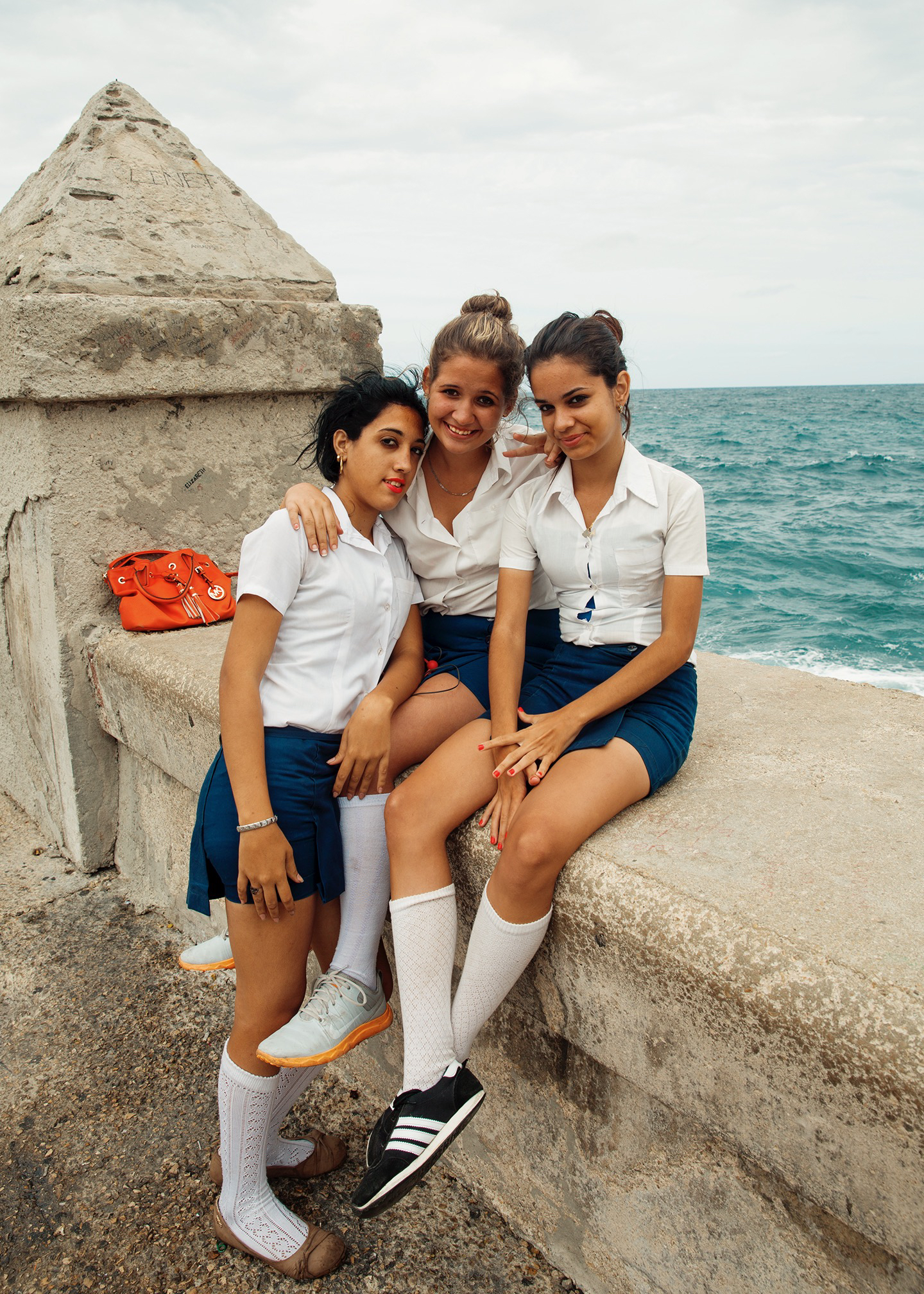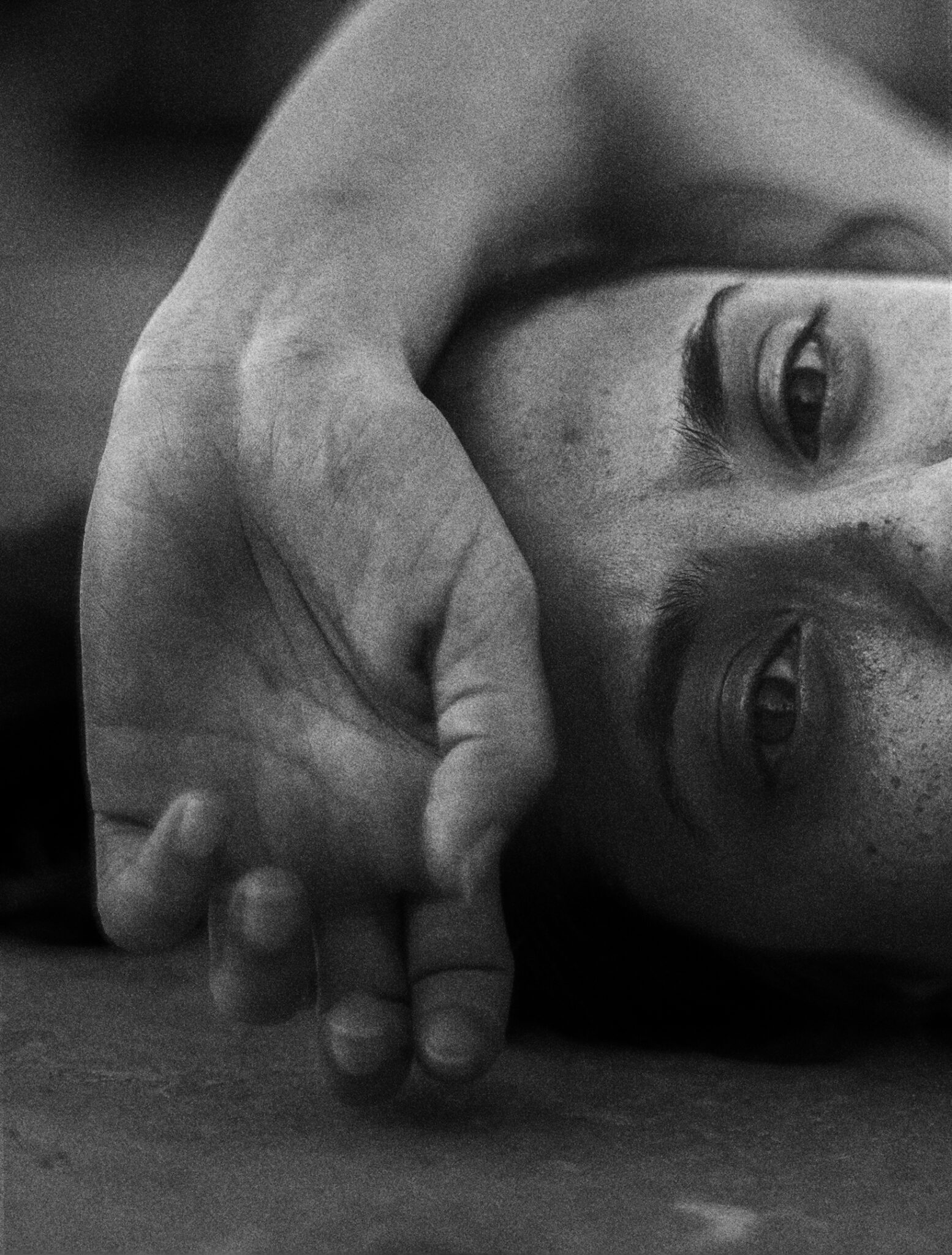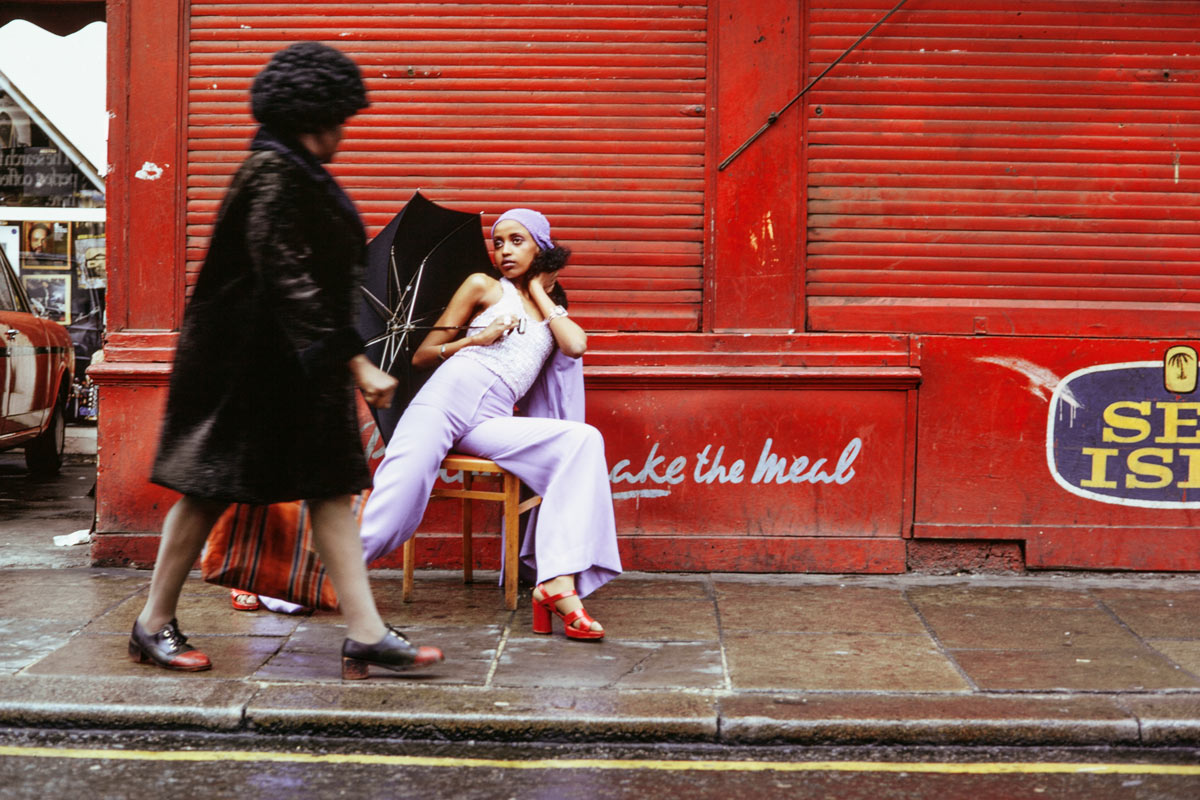In the past twenty years, western society has grown faster than was possibly thought imaginable. In his photographic series, Behind The Bank, Alessandro Iovino expresses how climate change, the boom in technology, demographic growth and many other aspects haven’t affected Italy’s river banks and the communities that live amongst them.
This series studies the river towns of Italy, the country in which Iovino was born and raised. Crossing the whole country, using the flow of the main rivers, he describes how this acted as a reason for him to rediscover those areas and communities that are so important for the sustainability of the country and in this day, often forgotten. “Nowadays we devour without tasting, we look without observing, we talk without thinking and almost never heed to our deepest necessities but rather we act following what otherwise would exclude us from a “well oiled” system. With technology booming and the action speed requested at any society level, it has made us more distracted and approximate. Quantity and results are more relevant now to quality and personal identity.”


Alessandro’s fascination with Italy stems from his relationship with a country that is steeped in history. Within the series he describes how the country’s main source of power has always been through it’s rivers, craftsmanship of it’s ateliers and family run businesses. “The world envy us for the incomparable quality and the creativity that we are able to express, all the sectors that represent Italy better in fact, like the food, fashion and the cultural heritage that we have gained through centuries of conquests and cultural achievements.” Says Iovino “Along with Italy’s inhabitants, the sea and rivers have been a source of energy that has fed into the cities and made them what they are today” He adds.
Behind The Bank started in 2016 with the intention of documenting a different, often unseen side of Italy – the people that inhabit the river banks and the charming infrastructure that has been built within these communities. Starting from the Arno river that crosses Tuscany, from Pratovecchio Stia and into the Ligure Sea, and then along the bank of the Tiber river, starting from the mouth in the Tirreno Sea and it’s source at Monte Fumaiolo. Eventually ending up at the Po, the longest river in Italy that crosses four different regions, stretching and bending amongst thousands of towns and medieval villages.

